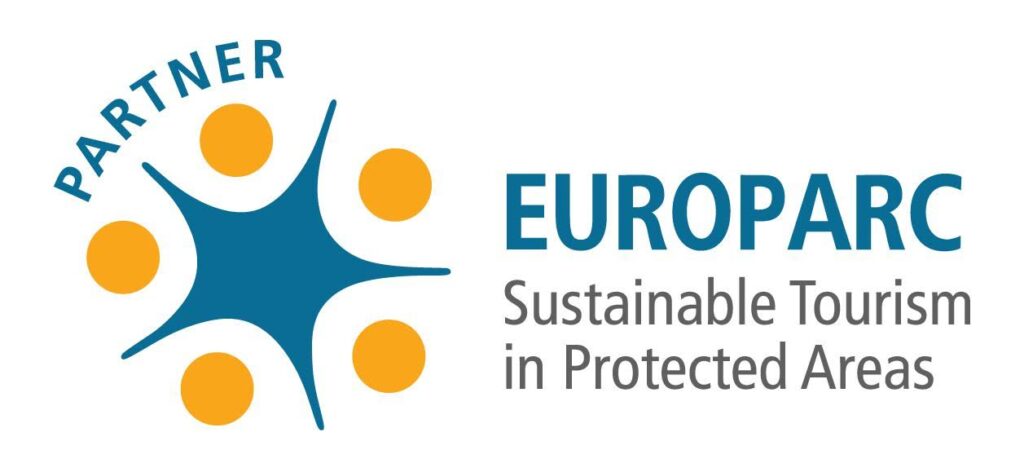The Estonian Ecotourism Cluster brings together active ecotourism entrepreneurs from all over Estonia.
Last year, while creating the annual strategy for the Cluster, it was learned that our highly regarded nature does not attract European nature tourists so much because we have strong competitors in Northern and Eastern Europe. We differ from our neighbours by not having great numbers of many species of large predators: wolves, bears, lynxes…
On January 15th the Ministry of the Environment will issue its decision on whether to give additional licences for wolf hunting and to increase the minimum numbers killed. This will allow hunters to kill more than half of the Estonian wolf population.
There are now about 270 individual animals in the Estonian wolf population. 140 licences were issued for the 2009/2010 hunting season. The Estonian Ecotourism Cluster opposes a decision to issue additional licences for wolf hunting as this will decrease the number of wolves to under the numbers recommended by the Strategy for the Environment. We need also consider accidental shootings, poaching, and mistakes in counting the individuals. According to the Strategy of Environment the optimal number of wolves in Estonia should be 100-120.
The requested increase in the number of licences is justified by the damage caused by wolves, which last year amounted to 1,2 million EEK. Two Estonian counties suffered 80% of the damage and these were most probably caused by only two packs.
Therefore we cannot say that the damage caused by wolves justifies widespread and injudicious culling of wolves across all of Estonia.
The Estonian Ecotourism Cluster is calling for careful thought and better organisation of wolf hunting.
Ecotourism entrepreneurs believe that issues related to wolves cannot be measured only from a direct financial point of view. The wolves in our forests are greatly valued by nature photographers, hikers and other nature lovers. This in itself makes them important, even before considering their contribution to maintaining a healthy balance of nature itself.
The Wolf as the symbol of wild nature is also a noticeably important image in our nature tourism. To many foreign nature lovers, a stabile population of wolves demonstrates the good health of Estonian forests and nature areas. Well-organised wolf-watching tourism could also bring financial profit to the state. Good examples of this policy can be seen in Sweden, Finland and Poland, where special tours with trekking, listening to the howling and photographing wolves are organised. These activities have also begun in Estonia. Everything connected to wolves attracts people and can add substantial value to our nature tourism sector.
Additional information: http://klaster.ecotourism.ee/

